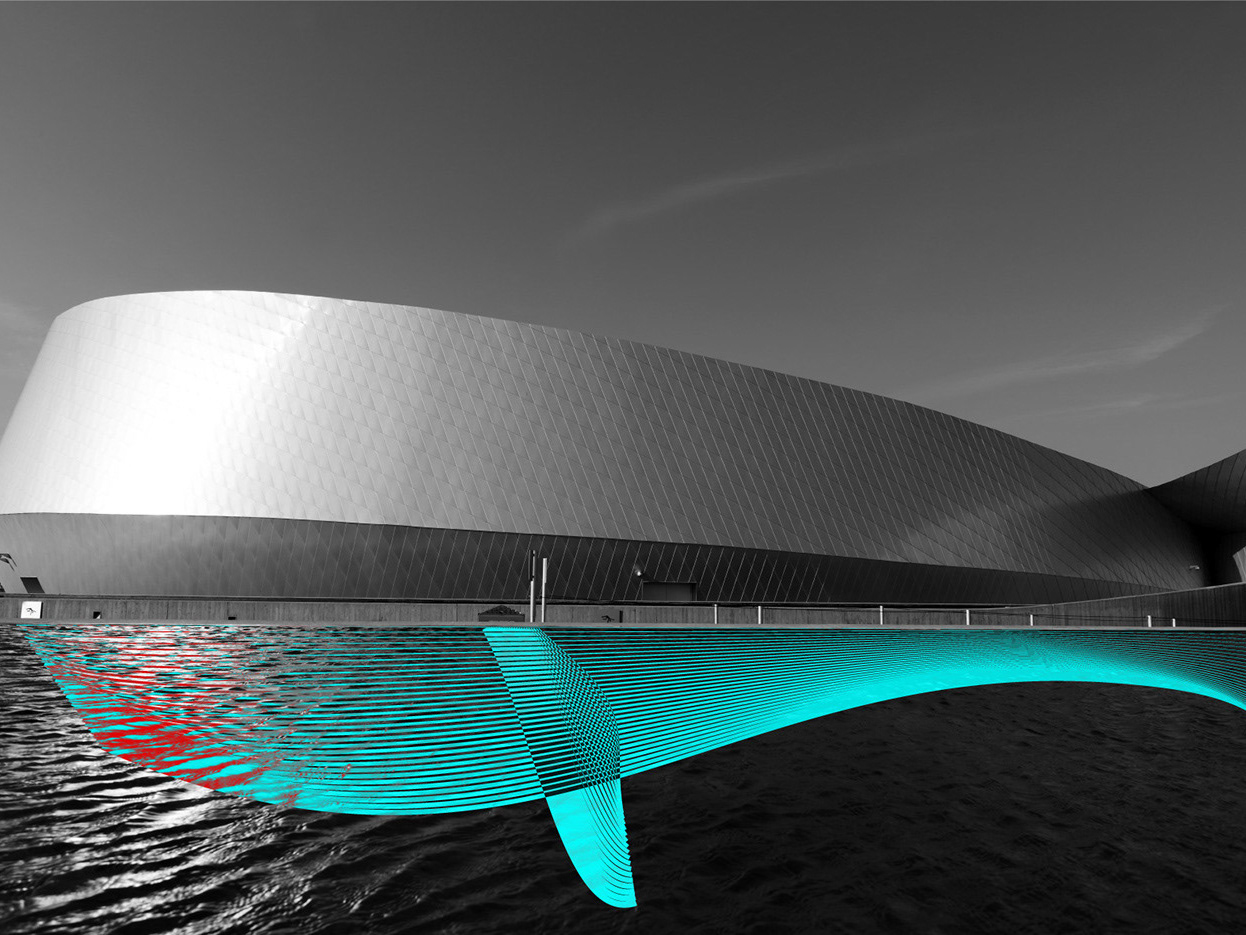S C H E N G E N
The Schengen Agreement was signed on 1985 in Schengen, Luxembourg. This important agreement changed the way Europeans move within the Schengen area. During the next years it was implemented a couple of times, until it’s current version was signed on 1995. The Schengen Area operates very much like a single state for international travel purposes with external border controls for travelers entering and exiting the area, and common visas, but with no internal border controls. It currently consists of 26 European countries covering a population of over 400 million people and an area of 4,312,099 square kilometers (Wikipedia). Due to the abolition of border control within the area, many border crossing points are slowly disappearing, and the ones we can still pass by remain abandoned and out of service, contemplating the passing of time. These photos are taken at the border control between Estonia and Latvia, during a hitchhiking trip. Walking around the old border control with the camera makes you think about the contrast between the importance of these strategical points in the past, and the insignificance of them nowadays. These old border control points breathe history, and make you wonder about all the secrets and traveling anecdotes lived by millions of people. And even though there is no control anymore, one can’t avoid to be on permanent state of alert, hoping not to be caught by a guard while photographing. Special thanks to Elina and Dita for their hospitality. And to everyone who offered me a lift when I was hitchhiking. Specially to the one who drove few kilometers back to give me back the phone I forgot at his car.
You may also like










